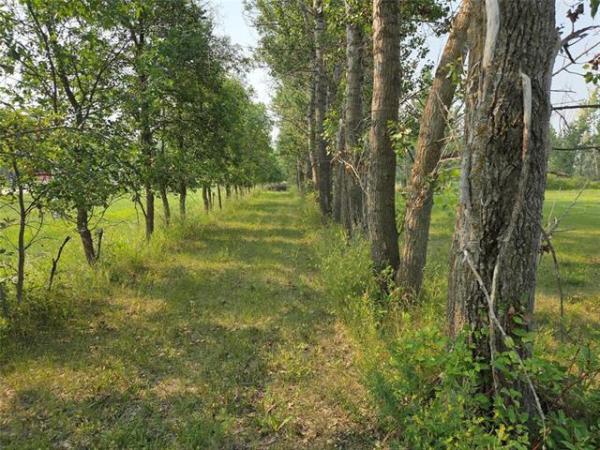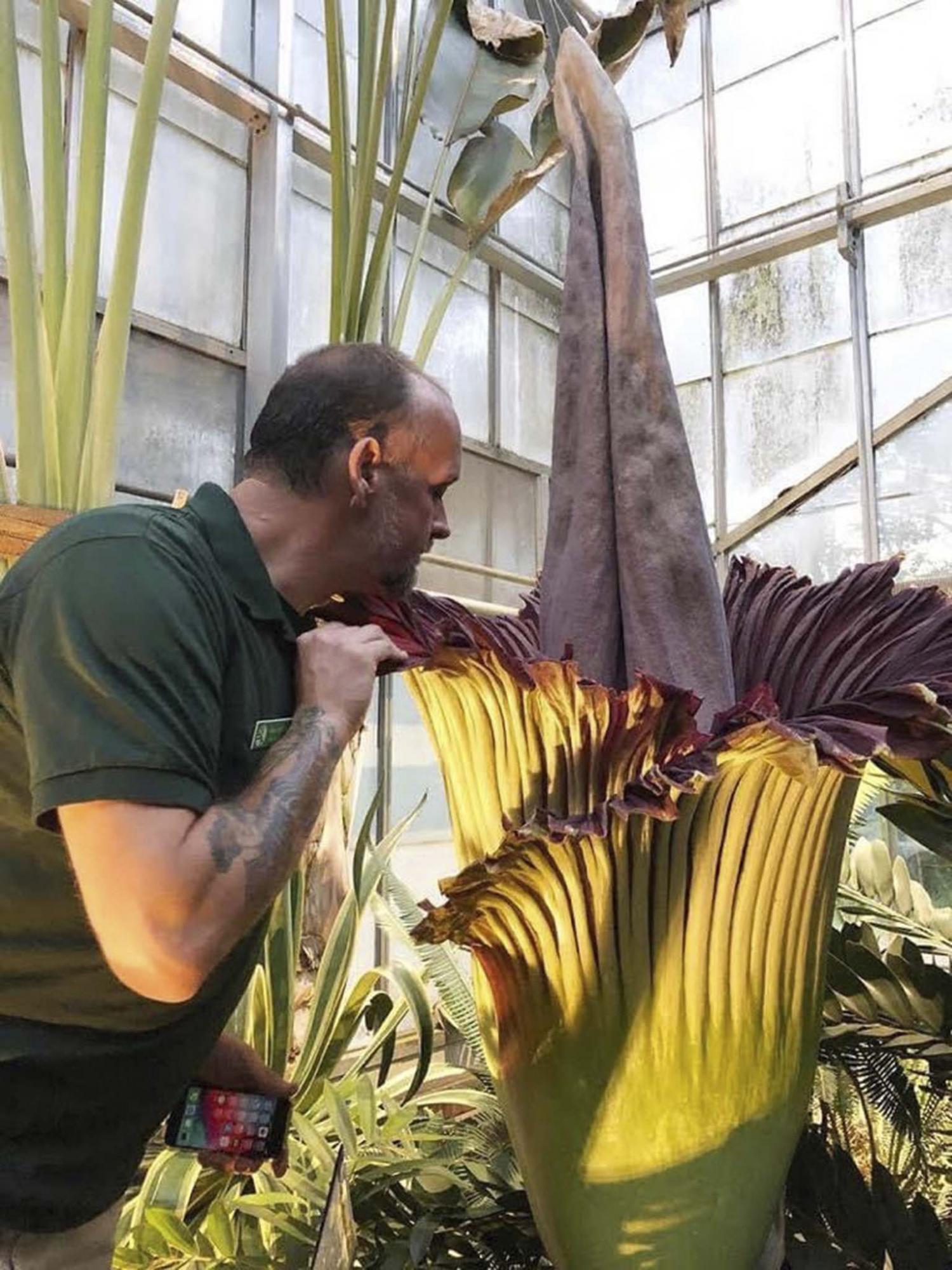
Using cryogenically frozen pollen, Paul Gellatly pollinates Amorphophallus titanum at McMaster University.
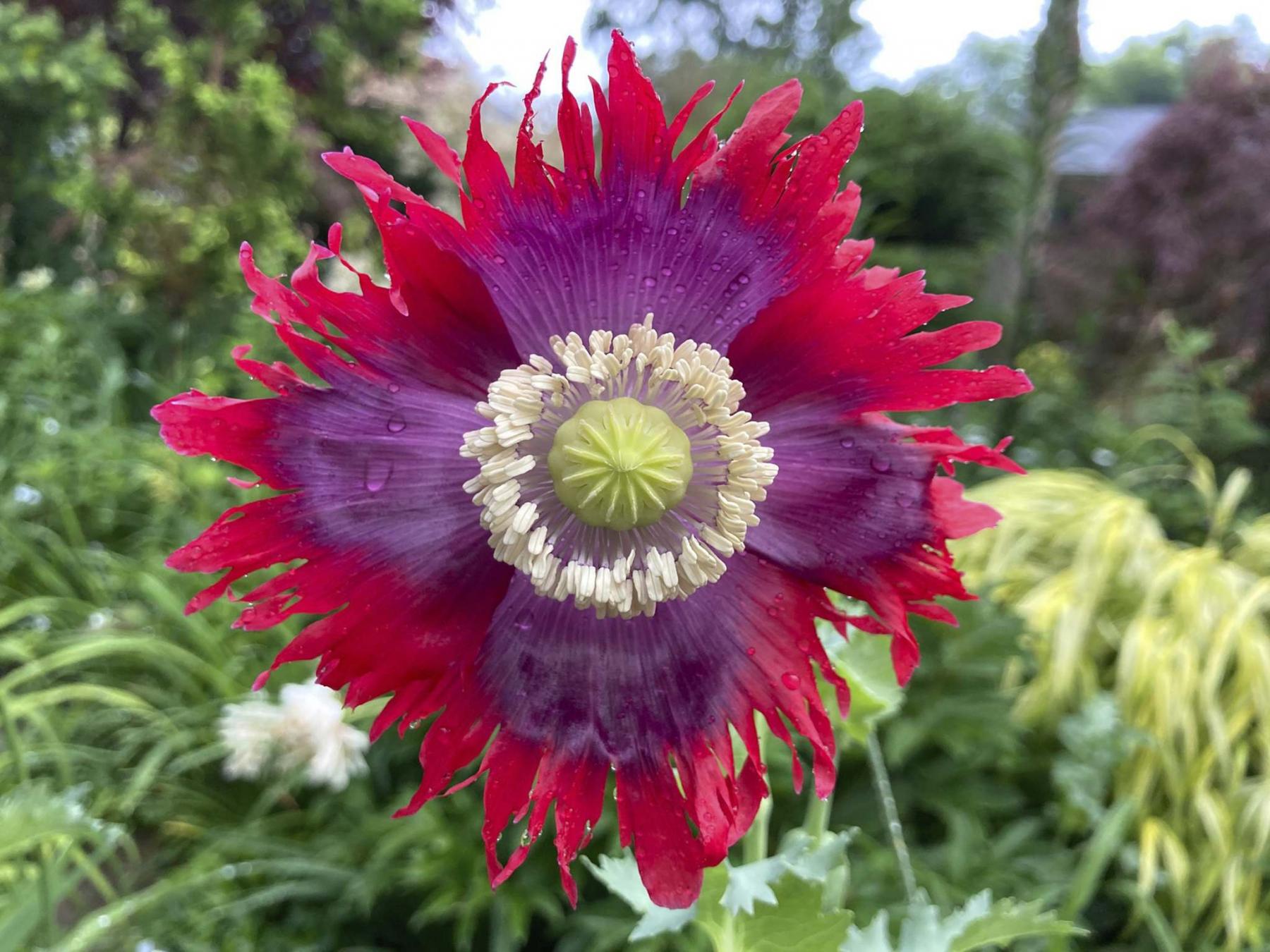
The Drama Queen poppy has dramatically fringed petals and bodacious colour.
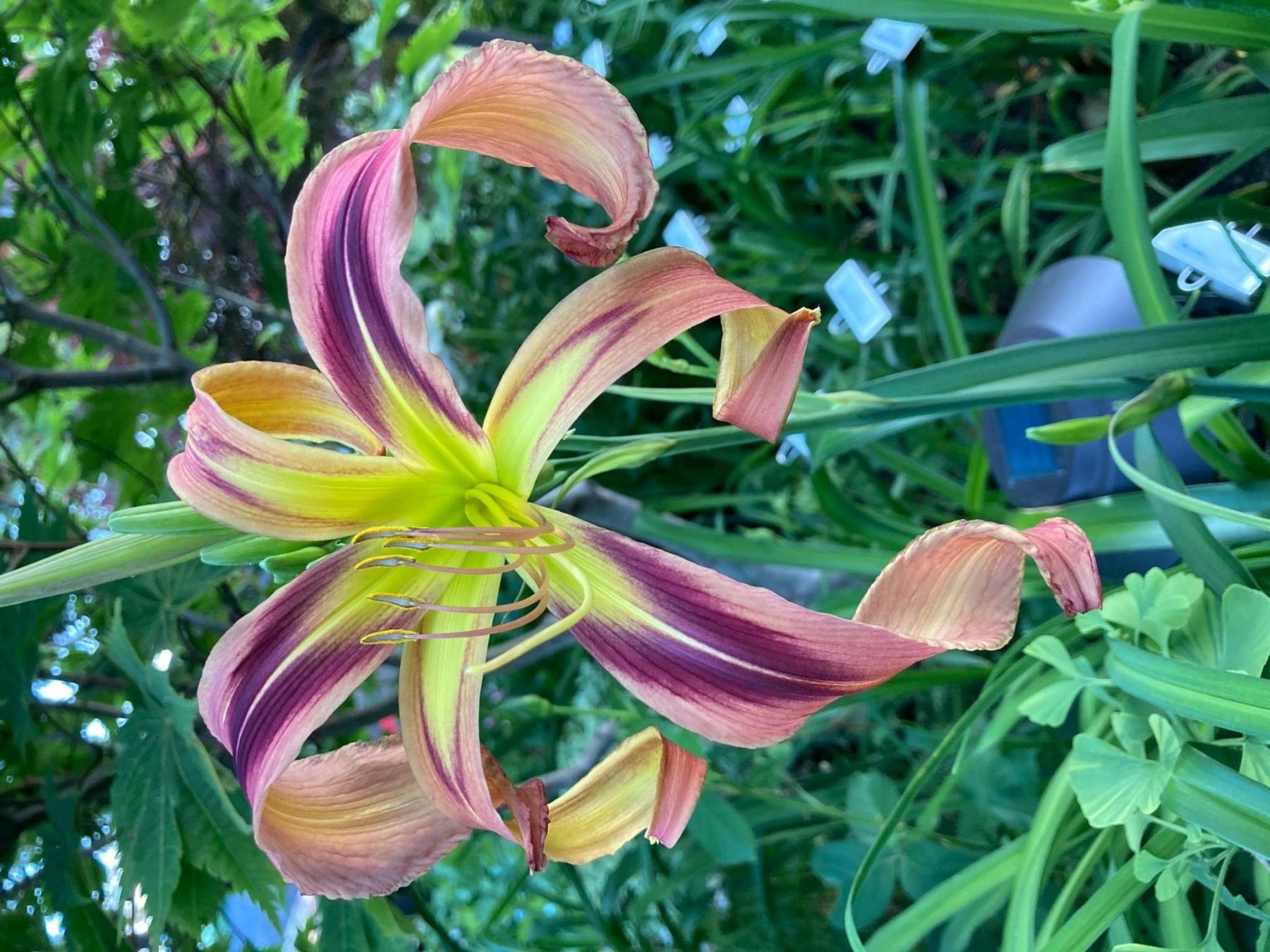
A new daylily by hybridizer Paul Gellatly.
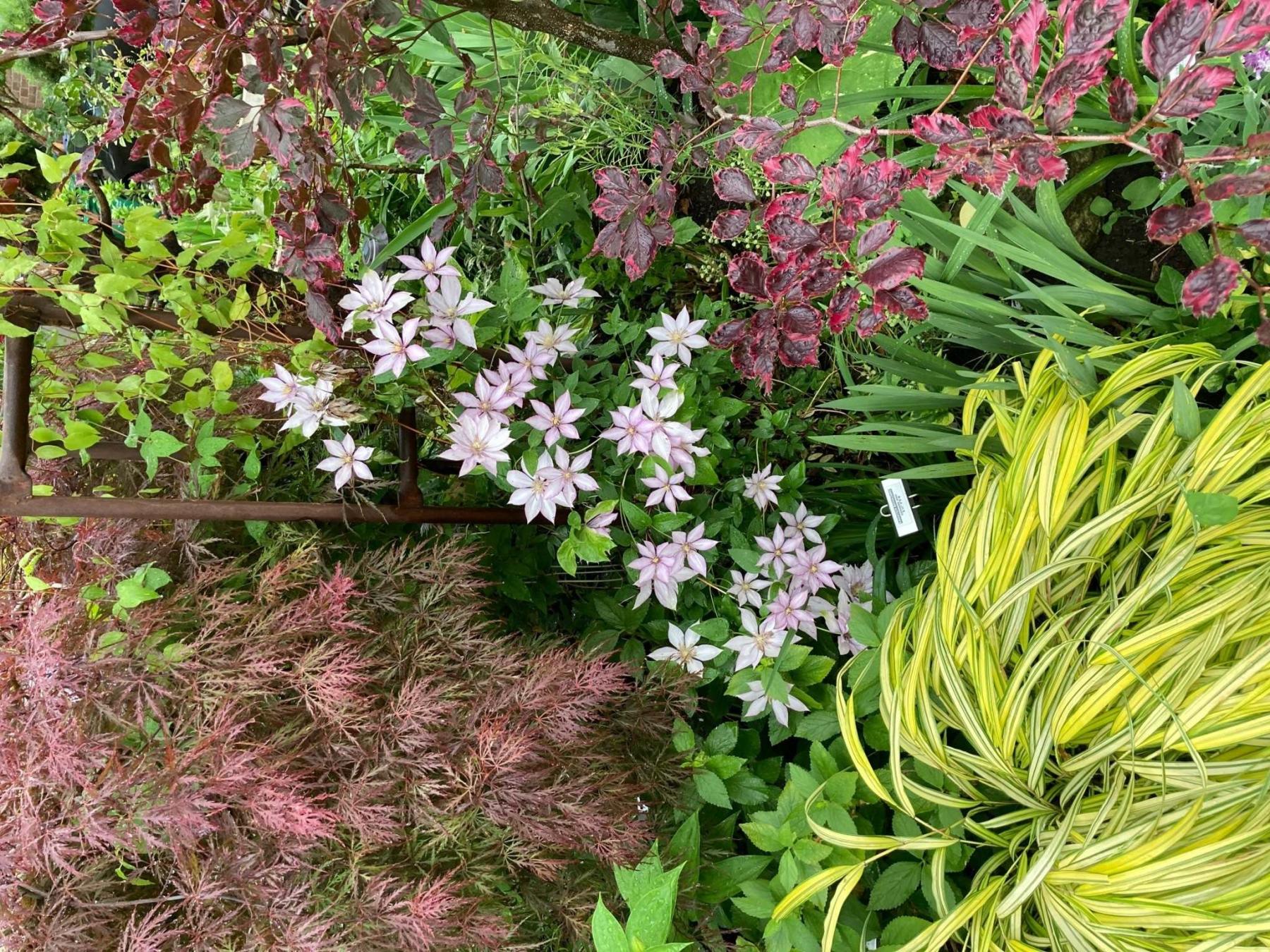
A dynamic combination: Japanese forest grass, Acer Crimson Queen and Clematis Samaritan Jo.
It is an education to talk to Paul Gellatly about horticulture. The curious mind of this avid plant collector, whose pursuit is to discover and understand the complexity and intricacy of every plant he meets and how it fits into the grand scheme of things, makes other plant lovers want to embrace more possibilities.
Perhaps you caught a glimpse of his passion for all plants in July 2019 when Gellatly, who at the time was a curatorial gardener at the Toronto Zoo, used pollen that had been cryogenically frozen to pollinate an Amorphophallus titanum (also known as the corpse flower) at McMaster University in Hamilton.
It was the first time pollen preservation had been done for the Amorphophallus titanum, which has the largest inflorescence in the world. The story was widely covered by both national and international media.
Gellatly is known to many people as the Tattooed Gardener. With more than nine million Facebook followers, he is a social media influencer.
Gellatly’s horticulture career has taken an interesting path. An admitted plant geek from a young age, he was just 16 when he became a director of the Waterloo Horticultural Society.
Following university, he worked as an employment counsellor for 10 years and assisted adults with disabilities, at-risk youth and new Canadians to find employment.
All the while, he was building his expansive private collection of rare and unusual plants through a wide network of contacts around the world and growing his knowledge of the different facets of horticulture.
Then one day, he decided to live his dream and pursue horticulture full time. He worked as an estate gardener and landscape consultant for several years.
He also worked in the perennial department at the fabled Plant World garden centre in Toronto and was a gardener with the City of Toronto before becoming the curatorial gardener for the tropical plant collections at the Toronto Zoo.
In March, Gellatly, 42, became the new director of horticulture at the Toronto Botanical Garden, which is undergoing a major expansion, growing its four-acre site to 35 acres.
The project will include a focus on conservation, which is an area of particular interest to Gellatly, but he also sees an opportunity for people who live in densely populated areas to reconnect with nature.
A serious daylily hybridizer, Gellatly has 18 registrations with the American Hemerocallis Society and expects to add another eight this year. He sometimes sells seedlings of his hybrids but says he does not expect any will become commercially available.
Still, his followers would snap them up in a second. They run out of superlatives whenever he posts photos of his daylilies on his Facebook page.
He continues to grow his collection of rare and unusual plants, which includes a prized miniature Amorphophallus and even one that is variegated.
Part of what motivates Gellatly to collect rare and unusual plants is that he desires something authentic and original. Cookie-cutter just won’t do and his personal garden is a good example.
Gellatly rents a house in Toronto and has a small front-yard garden that is no more than nine-by-12 metres.
"But I utilize the space very, very well, and maintain scale, which is really important," he says.
A neighbouring couple who lives on his street are daylily collectors who grow between 2,000 and 3,000 daylilies. They gave Gellatly a couple of daylilies, then he purchased about 10 varieties for his garden and soon he was hooked.
He started hybridizing (his kind neighbours also allowed him to help himself to some pollen from their daylily garden) and today Gellatly has more than 400 daylilies.
He culls many of his hybridized seedlings that flower but always keeps one of every daylily he registers.
"There is such a vast amount of difference in daylilies," says Gellatly. "There are streaks and there are teeth and now there are bearded or cristate daylilies." He purchases at least one or two new daylilies a year that can cost him as much as $800 each.
What else does he grow in his small but exquisite garden?
In a shady portion of his yard, Gellatly has created a woodland plant palette consisting of Rodgersia pinnata Hercules, Syneilesis aconitifolia (shredded umbrella plant), Deinanthe caerulea (false hydrangea), Acer palmatum Red Dragon, Helleborus Peppermint Ice, Thalictrum Black Stockings and Diphylleia grayi Skeleton Flower.
In a sunny area, near a Tricolor beech tree with its smooth grey bark, Gellatly mixes Hakonechloa Japanese forest grass which has golden variegated foliage with the deeply cut, scarlet-coloured foliage of dwarf Acer palmatum Crimson Queen and an abundantly flowering Clematis Samaritan Jo which has silvery pink pointed petals edged in purple.
Dotted throughout Gellatly’s garden is Papaver somniferum Drama Queen, an outrageous beauty with violet-red blooms that self-seeds annually. "I never know year by year where they will pop up," says Gellatly but he loves the element of surprise and deftly uses it to create interesting plant combinations.
True enough, some of the perennial selections he grows have zone 4 hardiness but many others are hardy to zone 5 and still others are hardy to zone 8 or 9. Gellatly, who gardens in zone 6, is an unabashed and fearless zone pusher. "I’ve killed more plants than most people have bought in their entire lives," he says, "and I’m good with that. That is how I learn. If I really love the plant, I’m going to try again."
Besides, what his carefully chosen combinations of plants, each one with their unique texture and form, really tell us is that there are a vast range of exciting choices for the sun or shade garden than just the usual suspects. Gellatly posts breathtaking photos daily as he walks through his garden before heading to work at the Toronto Botanical Garden. He answers every question he receives and also posts how-to videos.
In his garden design, Gellatly seeks the play on colours in the early morning light that some plants do exceptionally well. His compositions emphasize architectural shape, textures and contrast. He has a love for variegated plants and added several to the tropical collections at the Toronto Zoo when he was curatorial director. He likes to choose a mix of plants that provide colour and structure in every season as well as food for pollinators. Gellatly places a great deal of importance on the use of native plants. He is always assessing his garden space and asking, "Where do I need height, where do I need colour and what times of the year do I need colour?"
Now that Gellatly has introduced me to the shredded umbrella plant, I will find a way to grow this fabulous plant in my garden alongside my Astilboides tabularis which also has large, deep green, umbrella-like leaves (the two varieties are unrelated). I would like to have the bodacious poppy, too. And so it goes. Gellatly’s enthusiasm is contagious and he instils in us a desire to push back the boundaries of what is familiar and try something new and wonderful. We will be better gardeners for it.
colleenizacharias@gmail.com


